InterviewSolution
This section includes InterviewSolutions, each offering curated multiple-choice questions to sharpen your knowledge and support exam preparation. Choose a topic below to get started.
| 11351. |
Question : Take one flower each of families Fabaceae and Solanaceae and write its semitechnical description. Also draw their floral diagrams after studying them. |
|
Answer» Solution :(1) Family Fabaceae/Papilionaceae (pea plant) Fabaceae/Papilionaceae is a sub-family of the Leguminoseae family. Vegetative features: Habit: Pinnately compound, alternately arranged with leaf tendrils with the pulvinus present at the leaf base along folacious stipules. Root: Tap root system with root NODULES. Floral features: Inflorescence: RACEMOSE, generally axial than terminal Flower: Zygomorphic and bisexual flowers are found Calyx: It contains five sepals which are gamosepalous while aestivation is imbricate.Corolla: It contains five petals (polypetalous) with vexillary aestivation. Androecium: It consists of ten anthers that are diadelphous with dithecous anthers. Gynoecium: Monocarpellary superior ovary which is unilocular with marginal placentation. Fruit: Legume pod with non-endospermic seeds Floral formula:  Economic importance: Peas are used as vegetables for making various culinary preparations.  (2) Flowers of Solanum nigrum Family Solanaceae Vegetative features: Habit: Erect, herbaceous plant Leaves: Simple, exstipulate leaves with RETICULATE venation STEM: Erect stem with numerous branches. Floral features: Inflorescence: Solitary and axillary Flowers: Actinomorphic, bisexual flowers Calyx: Calyx is composed of five sepals that are united and persistent. Aestivation is valvate. Corolla: Corolla consists of five united petals with valvate aestivation. Androecium: It consists of five epipetalous stamens. Gynoecium: It consists of bicarpellary syncarpous superior ovary with axile placentation. Fruits: Berry Seeds: Numerous, endospermous Floral formula:  Economic importance: Used for MEDICINAL purposes. 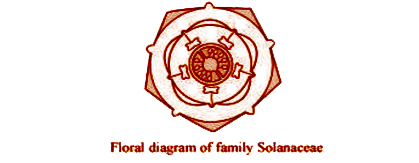
|
|
| 11353. |
Question : Tail is persistent throughout life in |
|
Answer» RANA |
|
| 11354. |
Question :"Tadpoles respire through gills". This statement supports |
|
Answer» LAW of THERMODYNAMICS |
|
| 11355. |
Question : Tadpole : |
| Answer» Solution :The NYMPH develops during embryo DEVELOPMENT in frog. It is CALLED TADPOLE. | |
| 11356. |
Question : Tabulate the various features of different forms DNA. |
Answer» SOLUTION :
|
|
| 11357. |
Question : Tabulate the various cellular components with their percentage. |
Answer» SOLUTION : 
|
|
| 11358. |
Question : Tabulate the major hypothalamic hormones and their functions. |
Answer» SOLUTION :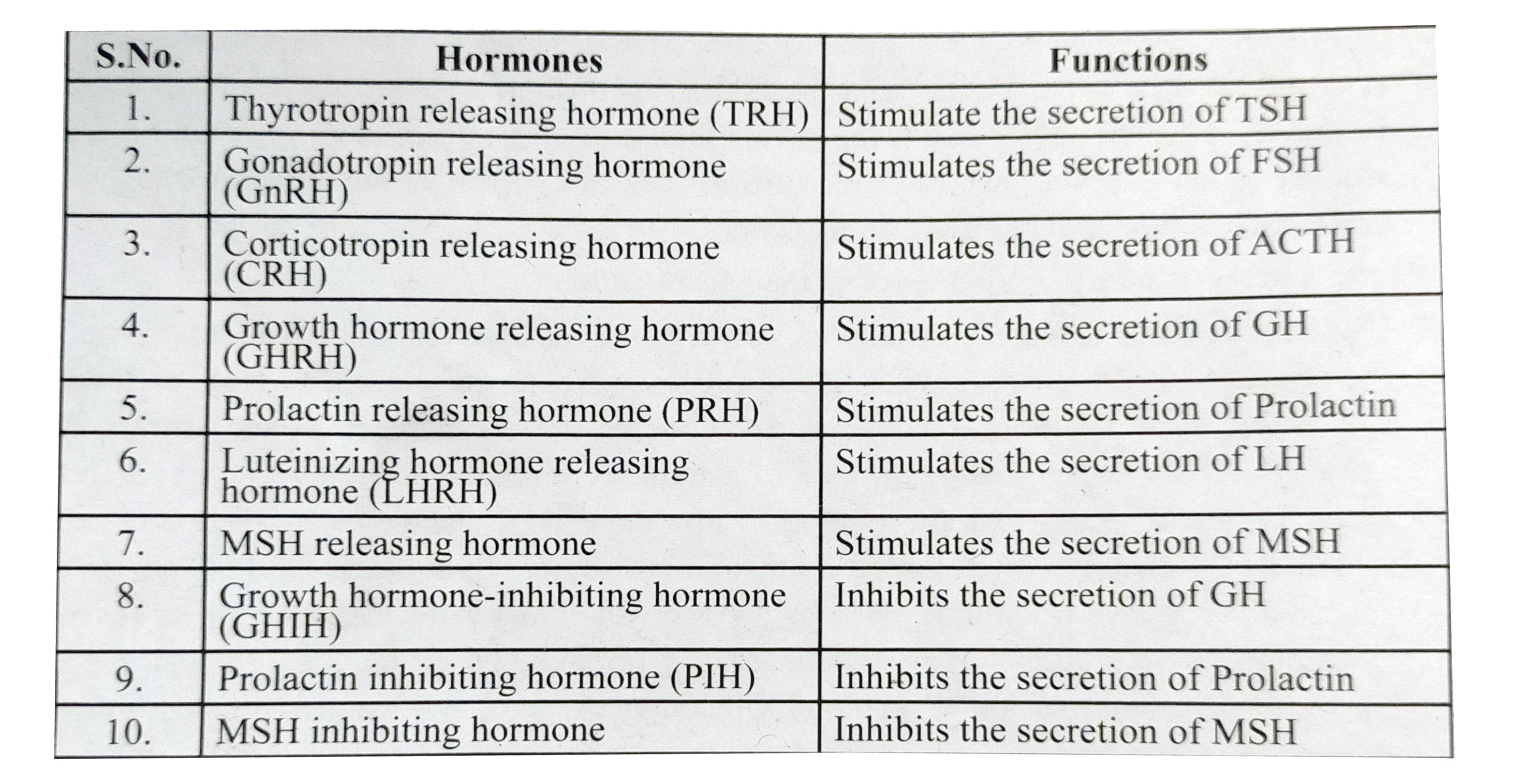
|
|
| 11359. |
Question : Tabulate the ionic channels in the axolemma. |
Answer» SOLUTION : 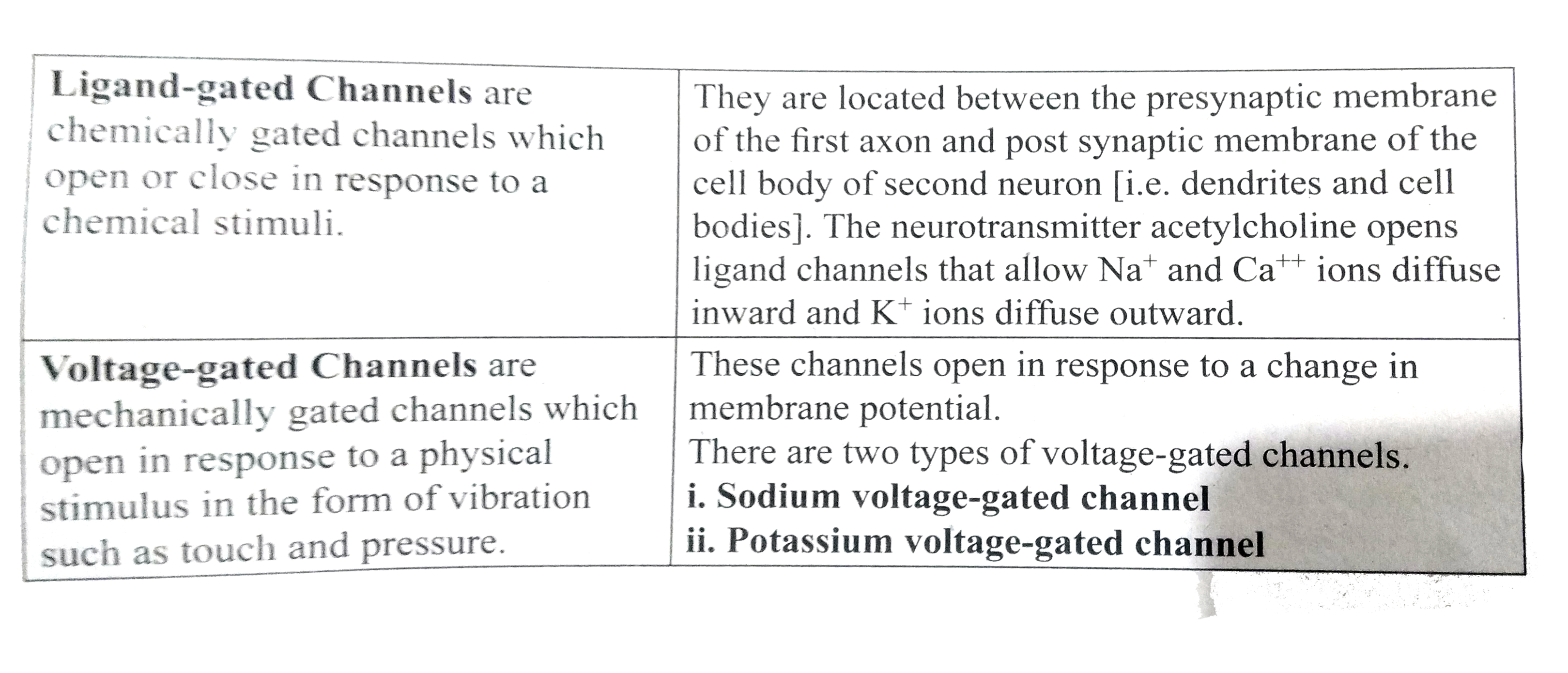
|
|
| 11360. |
Question : Tabulate the economic importance of algae. OR Explain Datura metal in botanical terms. Draw floral diagram. |
Answer» Solution : OR 1. Habit: Large, erect and stout herb. 2. Root: Branched tap root system. 3. Stem: Stem is hollow, green and herbaceous with strong odour. 4. Leaf: Simple, alternate, petiolate, entire or deeply lobed, glabrous exstipulate showing unicostate reticulate venation. 5. Inflorescence: Solitary and axillary cyme. 6. Flower: Flowers are large, greenish white, bracteate, ebracteolate, pedicellate, complete, heterochlamydeous, pentamerous, regular, actinomorphic, bisexual and hypogynous.  7. Calyx: SEPALS 5. green synsepalous showing valvate aestivation. Calyx is mostly persistent odd sepal is POSTERIOR in position. 8. Corolla: Petals 5, greenish white, sympetalous, plicate (folded like a fan) showing twisted aestivation, funnel shaped with wide mouth and 10 lobed. 9. Androecium: Stamens 5, free from one another, EPIPETALOUS, alternipetalous and are inserted in the middle of the corolla tube. Anthers are basifixed, dithecous, with long filament. introse and longitudinally dehiscent. I 0. Gynoecium: Ovary bicarpellary, synearpous superior ovary. basically biloculear but tetralocular DUE to the formation of false septum. Carpels are obliquely placed and ovules on swollen axile placentation. Style simple long and filiform. stigma two lobed. 11. Fruit: Spinescent capsule opening by four special valves with persistent calyx. 12. Seed: Endospermous 13. Floral FORMULA: 
|
|
| 11361. |
Question : Tabulate the economic importance of Pteridophyte. |
Answer» SOLUTION :
|
|
| 11362. |
Question : Write a note on economic importance of algae and gymnosperms. |
Answer» SOLUTION :ECONOMIC IMPORTANCE of ALGAE 
|
|
| 11363. |
Question : Tabulate the agglutinogens and agguitinins present in the different groups of human blood. |
Answer» SOLUTION :DISTRIBUTION of antigens and antilbodies in different blood GROUP: 
|
|
| 11364. |
Question : What are the different types of silk worms? |
Answer» SOLUTION :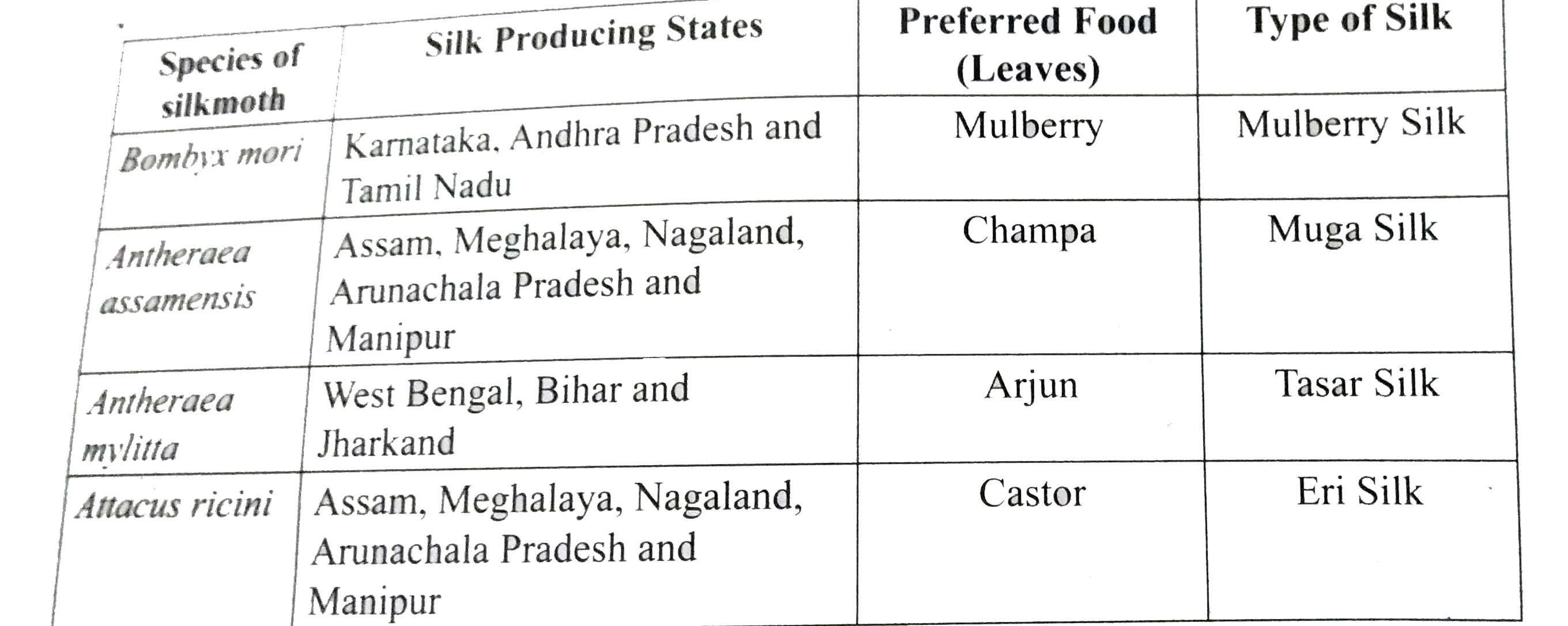
|
|
| 11365. |
Question : Tabulatethe differenttypes of photosyntheticpigments . |
Answer» SOLUTION :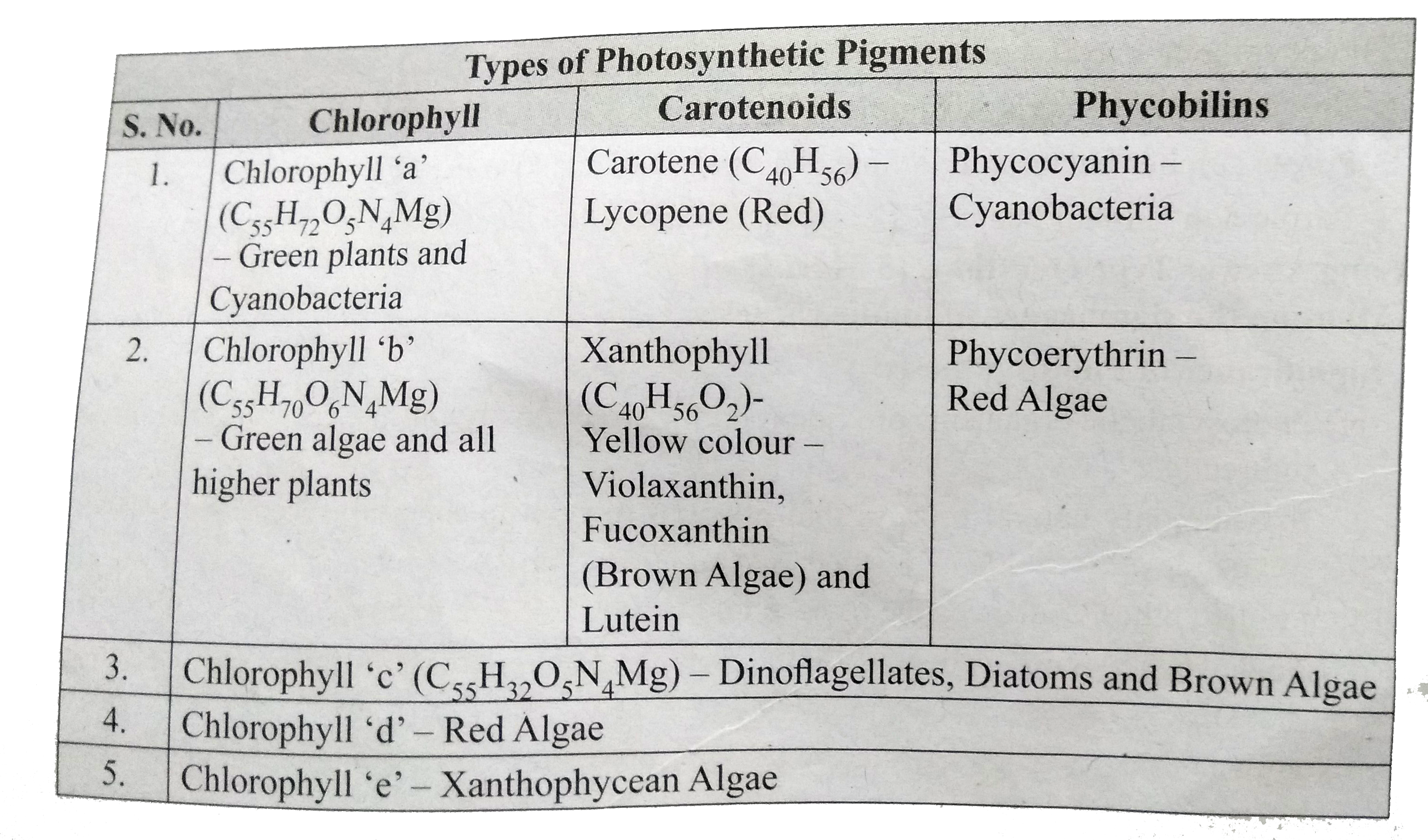 
|
|
| 11366. |
Question : Tabulate the difference between sympathetic and para sympathetic neural system. |
Answer» SOLUTION : 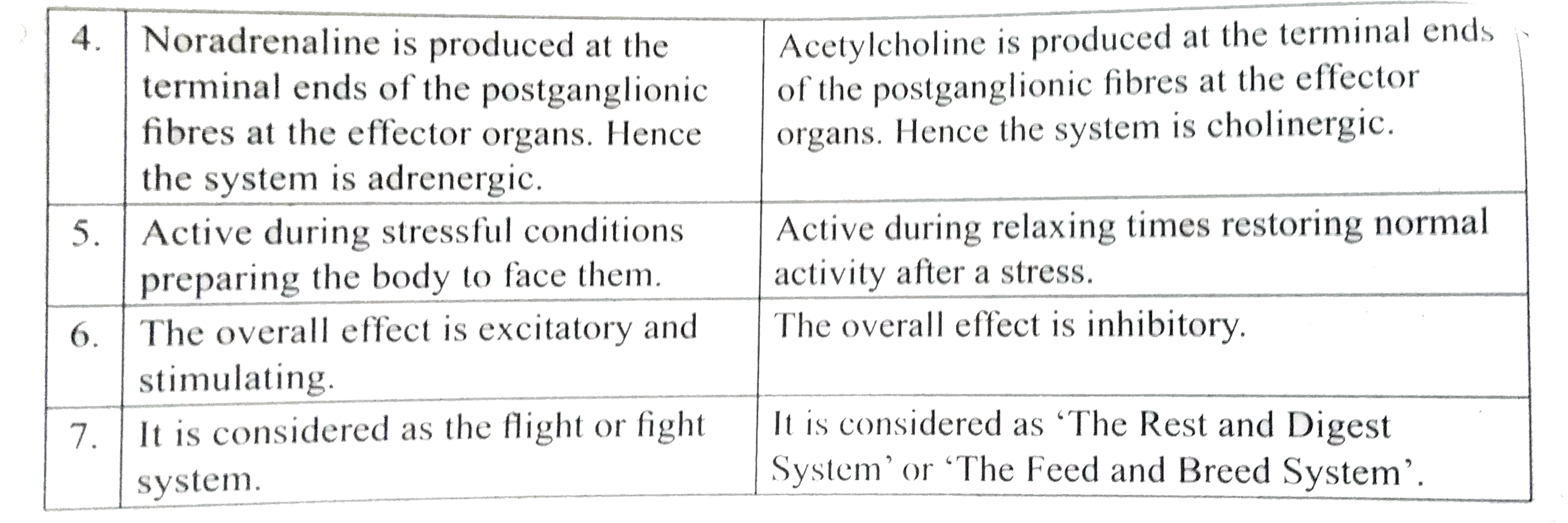
|
|
| 11367. |
Question : Differentiate Gram positive and Gram negative bacteria. |
Answer» SOLUTION :
|
|
| 11368. |
Question : Tabulate the comparison of kingdoms in the Five Kingdom classification based on the criteria used. |
Answer» SOLUTION :
|
|
| 11369. |
Question : Tabulate the Cranial nerves and its function. |
Answer» SOLUTION :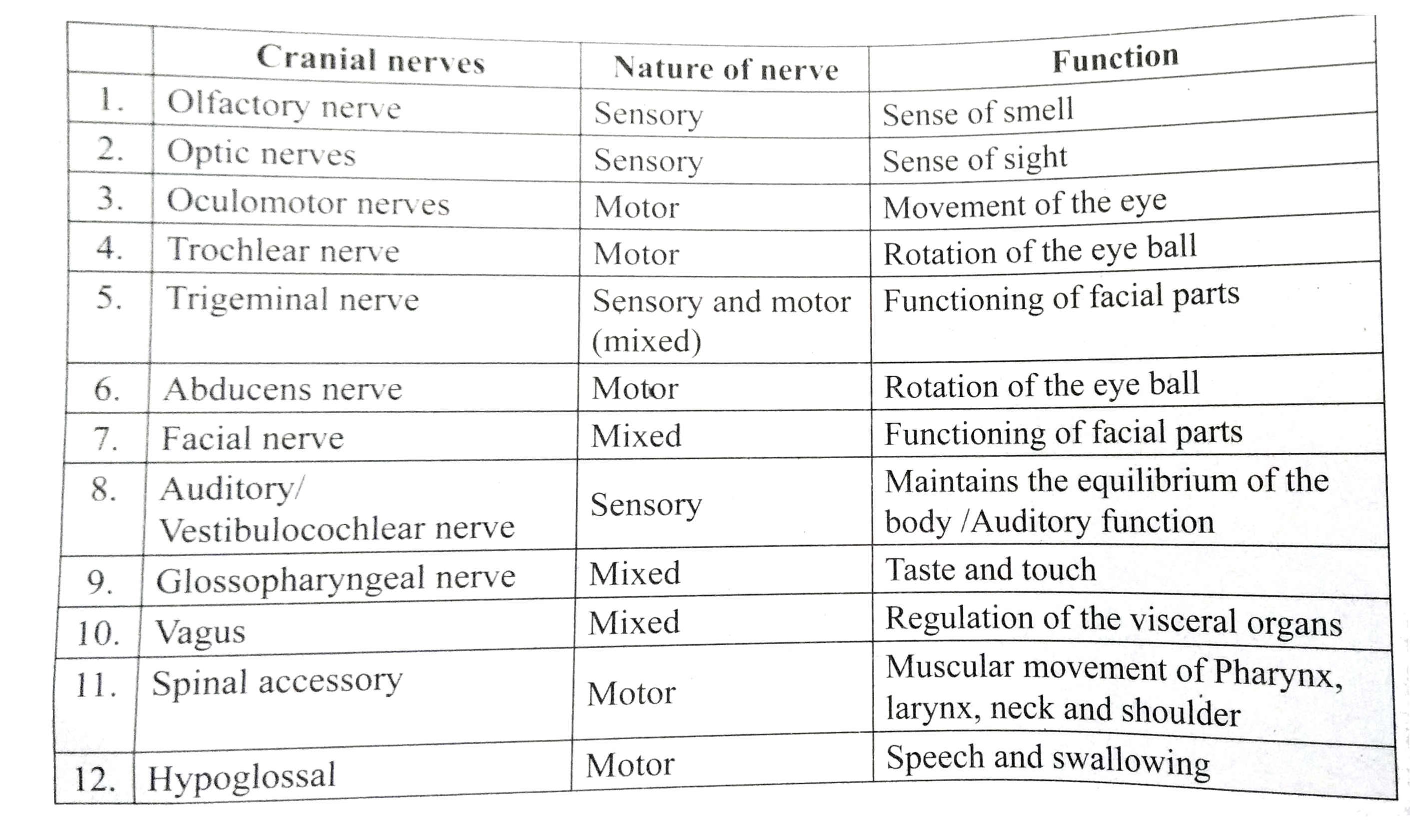
|
|
| 11370. |
Question : Analyse the interactions of two species population. |
Answer» SOLUTION :
|
|
| 11372. |
Question : T - wave in ECG marks |
|
Answer» POLARIZATION of VENTRICLES |
|
| 11373. |
Question : t-RNA can not be called |
|
Answer» s RNA |
|
| 11374. |
Question : Systolic pressure in adult human is |
|
Answer» 120 MM HG |
|
| 11375. |
Question : Systematics takes into account .......... between organisms. |
| Answer» SOLUTION :EVOLUTIONARY RELATIONSHIPS | |
| 11376. |
Question : Systematic botany means |
|
Answer» SYSTEM analysis |
|
| 11377. |
Question : Systematic botany means: |
|
Answer» System analysis |
|
| 11378. |
Question : Systema Naturae was written by |
|
Answer» Aristotle |
|
| 11379. |
Question : Syphilis is caused by………. |
|
Answer» Mycococcus candisans |
|
| 11380. |
Question : Synthesis of testosterone by leydig cells is stimulated by |
|
Answer» FSH |
|
| 11381. |
Question : Synthesis of RNA and protein takes place in which phase of the cell cycle ? |
|
Answer» S -PHASE |
|
| 11382. |
Question : Synthesis of membrane lipids occurs : |
|
Answer» inside of GOLGI bodies |
|
| 11383. |
Question : Synthesis of ADP + Pi rarr ATP in grana is |
|
Answer» phosphorylation |
|
| 11384. |
Question : Synovial joints is: .............. |
| Answer» Solution :All the above | |
| 11385. |
Question : Synovial joint is:(1)Ball and socket joint(2)Pivot joint(3)Hinge joint(4)Cartilage joint |
|
Answer» 1,2,and 3 are CORRECT |
|
| 11386. |
Question : Synovial joints are found at the |
|
Answer» elbow |
|
| 11387. |
Question : Synovial joint is exemplified by |
|
Answer» pivot joint |
|
| 11388. |
Question : Synovial fluid is secreted by ...... |
| Answer» Solution :Synovial membrane | |
| 11389. |
Question : Explain Synovial joint. |
|
Answer» Solution :Location : In FREELY MOVABLE joints, gap is found between articulating surface of two bones, KNOWN as synovial space. Function : Synovial space is filled with viscous synovial FLUID. It lubricates joints of bones for easy movement. |
|
| 11390. |
Question : Synovial fluid is found in |
|
Answer» Synovial fluid is found in ..... |
|
| 11391. |
Question : Syncytium |
| Answer» SOLUTION :In some ORGANISMS karyokinesis is not followed by CYTOKINESIS as a result of which multinucleate condition ARISES leading to the formation of SYNCYTIUM. | |
| 11392. |
Question : Synapsis occurs in the phase of meiosis. |
|
Answer» Zygotene |
|
| 11393. |
Question : Synapsis (pairing of homologous chromosomes) and crossing over occur only in germ line cells. |
|
Answer» True |
|
| 11394. |
Question : Synapsis, chiasma formation and crossing Over occur between homologous chromosomes in ………………………… of meiosis. |
| Answer» SOLUTION :zyotene, PACHYTENE, diopleten, DIAKINESIS | |
| 11395. |
Question : Synapsis occur between |
|
Answer» mRNA and ribosomes |
|
| 11396. |
Question : Synapsis is characteristic of: |
|
Answer» leptotene |
|
| 11397. |
Question : Symptoms of deficiency of certain nutrients appear in the old leaves first |
| Answer» Solution :Those NUTRIENTS (eg. nitrogen, phosphorus, magnesium) whose soluble forms are mobile and thus TRANSPORTED from the old leaves to the YOUNG leaves SHOW symptoms of deficiency (of these nutrients) appear in old leaves FIRST. | |
| 11398. |
Question :Symptoms like i) sustained high fever ii) constipation & loss of appetite iii) intestinal perforation are associated with the disease |
|
Answer» ascariasis |
|
| 11399. |
Question : Symport, antiport and uniport |
| Answer» SOLUTION :Some carrier proteins ALLOW diffusion only if two TYPES of molecules move together. In a symport, both molecules cross the membrane in the same direction, in an antiport, they move in opposite directions, whereas in uniport, a molecule moves across a membrane INDEPENDENT of other molecules | |
| 11400. |
Question : Symplastic movement and apoplastic movement |
| Answer» Solution :Water passes into the root hair from the SOIL along a water potential gradient. In the symplastic movement, the water MOVES along the same water potential gradient, but across the inter-connected CYTOPLASM (symplast) of the cells of the root system. On the other HAND, in apoplastic movement, the movement of water is through adjacent cell WALLS (apoplast) from the root hair cell to the xylem. | |